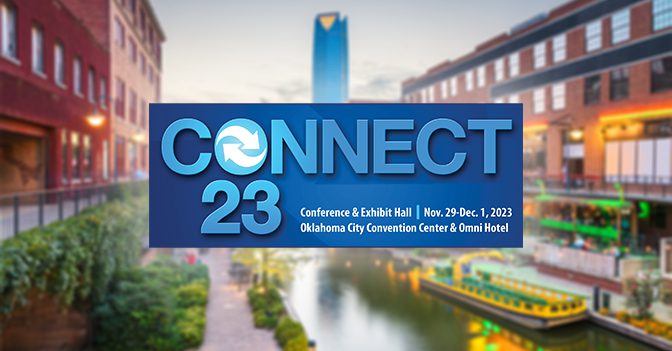PYA's Comprehensive Services for Rural Healthcare Organizations
Revenue Cycle
- Evaluate and Develop Detailed Action Plans to Improve Revenue Cycle Operations
- Assist With Commercial Contract Evaluation, Negotiations, and Dispute Resolution
- Take Full Advantage of Cost-Based Reimbursement
Patient Care Revenue
- Reduce Hospital Services Outmigration
- Optimize Service Lines and Rural Health Clinic Operations
- Perform Provider Needs Assessment and Develop a Recruitment Plan
- Enhance 340B Program
Operations
- Evaluate and Execute Outsourcing of Back-Office Operations
- Advise on Care Models Including Efficient Staffing and Top of License Practice
- Facilitate Use of Data for Operational Monitoring and Improvement
Compliance
- Provide Regulatory Updates and Related Work Plans
- Serve as a Dedicated Compliance Resource
- Conduct Mock Surveys and Develop and Execute Corrective Action Plans
- Provider Compensation Valuation, Planning, and Design
Information Technology
- Optimize IT Investments
- Mitigate Cybersecurity Risks
- Analyze and Address Critical Systems and Technology Controls
- Serve as Dedicated IT Resource
Market Assessment
- Compile Data From Multiple Sources to Understand Current Market Position
- Utilize Assessment to Identify Immediate Opportunities and to Evaluate Performance Over Time
- Prioritize Initiatives Based on Community Need
Capital
- Assess Infrastructure Needs
- Identify and Pursue New Sources of Capital
- Develop and Execute Real Estate Strategy
New Payment Models
- Identify and Evaluate Opportunities for Participation
- Assist With Quality Improvement Initiatives
- Develop Sustainable Infrastructure to Manage Patient Populations
Governance
- Evaluate and Make Recommendations for Board Structure and Operations
- Provide Timely and Relevant Board Education
- Facilitate Retreats and Planning Sessions
Strategic Relationships
- Identify, Evaluate, and Pursue Opportunities
- Structure Arrangements to Protect and Promote Community Interests
- Optimize Benefits of Existing Arrangements



















